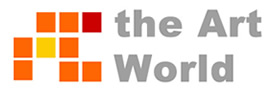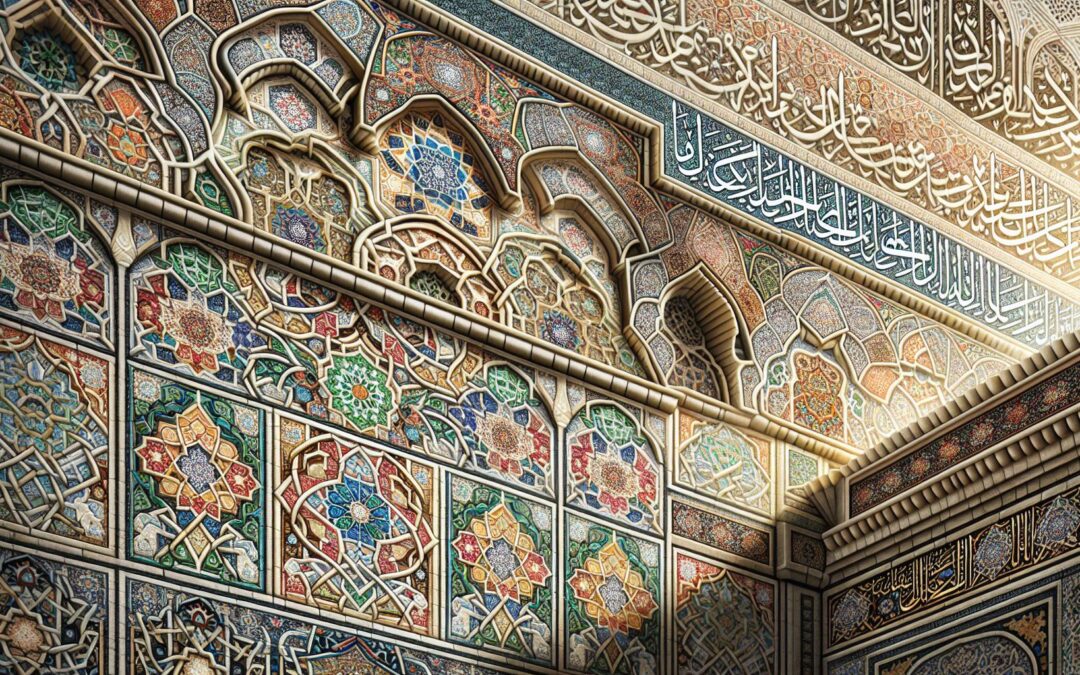Islamic art holds a unique place in the world’s cultural heritage, characterized by its intricate designs and profound symbolism. In the vast expanse of Islamic lands, certain art forms rose to prominence, reflecting the spiritual and intellectual currents of their time. From stunning calligraphy to elaborate geometric patterns, these artistic expressions not only served aesthetic purposes but also conveyed deeper meanings rooted in faith and philosophy. Among the various art forms, calligraphy is often regarded as the highest expression of artistic achievement in Islamic culture. Its beauty lies in the delicate strokes and the ability to transform words into visual poetry. This article explores the most esteemed art forms in Islamic lands, delving into their historical significance and the reasons behind their revered status in a rich tapestry of cultural expression.
What Was Considered the Most Highly Regarded Art in Islamic Lands?
Islamic art emerged from a rich tapestry of cultural influences and evolved over centuries. This art form reflects the ideals and values of the societies it flourished in, particularly through its emphasis on intricate design and symbolism.
Development Through the Ages
Islamic art underwent significant transformations from the 7th to the 19th centuries.
- Umayyad Period (661–750): Characterized by early mosque architecture and the use of geometric patterns and motifs.
- Abbasid Period (750–1258): Marked a flourishing of calligraphy, ceramics, and textile arts, with Baghdad becoming a center for intellectual and artistic exchange.
- Seljuk and Ottoman Periods (11th–20th centuries): Witnessed the proliferation of grand architecture, such as mosques and palaces, emphasizing elaborate tile work and monumental designs.
- Safavid Period (1501–1736): Advanced Persian art and architecture, with an emphasis on miniature painting and intricate carpets, reflecting a blend of cultural influences.
Influence of Religion and Culture
Religion played a crucial role in shaping Islamic art, influencing themes, motifs, and techniques.
- Religious Texts: Calligraphy featured prominently, with the Quran serving as the primary source of inspiration.
- Cultural Exchange: Trade routes and conquests facilitated interactions between different cultures, leading to the incorporation of diverse artistic elements.
- Symbolism: Geometric patterns and arabesques often conveyed spiritual meanings, emphasizing unity, infinity, and the divine.
- Ritual Usage: Artworks found in mosques and religious settings served both decorative and functional purposes, enhancing the sanctity of these spaces.
Major Art Forms in Islamic Lands
Islamic lands feature various art forms known for their complexity and cultural significance. The most highly regarded art forms include calligraphy, architecture, and miniature painting, each embodying the rich artistic tradition of Islamic culture.
Calligraphy
Calligraphy stands as the most esteemed art form in Islamic lands, reflecting a deep reverence for the written word. Derived from the Quran, Islamic calligraphy transforms text into visual masterpieces. Notable styles include Kufic, characterized by angular forms, and Naskh, known for its fluidity. Artists often employed calligraphy on surfaces such as walls, manuscripts, and ceramics, serving both decorative and functional purposes.
Architecture
Architecture showcases the grandeur of Islamic artistic expression. Grand mosques, palaces, and public spaces exemplify intricate designs and innovative structures. Key features include domes, minarets, and courtyards adorned with geometric patterns and tile work. Notable examples include the Great Mosque of Samarra and the Alhambra, whose designs reflect the cultural and religious ethos of the periods they represent.
Miniature Painting
Miniature painting combines artistry and storytelling, illustrating historical events, literature, and daily life. Persian miniatures, renowned for their vivid colors and attention to detail, often adorned manuscripts. Artists meticulously crafted these works, highlighting the precision and skill associated with this art form. Noteworthy manuscripts, such as the Shahnameh, exemplify the fusion of narrative and visual art in Islamic culture.
Regional Variations in Islamic Art
Islamic art varies significantly across regions, influenced by local cultures, traditions, and historical contexts. These regional styles demonstrate the richness and diversity of artistic expression in Islamic lands.
Persian Art Styles
Persian art showcases intricate tile work, miniature paintings, and splendid carpets. The Safavid period (1501-1736) marked a peak in Persian artistry with heightened detail and vibrant colors in miniature painting. Artists created illustrations for books, such as the Shahnameh, highlighting themes of heroism and mythology. Persian carpets became renowned for their complex patterns and craftsmanship, enticing collectors worldwide.
Ottoman Artistic Contributions
Ottoman art merged traditional Islamic motifs with influences from Byzantine and Persian styles, resulting in a distinctive aesthetic. The empire’s architectural accomplishments, including the Suleymaniye Mosque and Blue Mosque, exemplify grandeur with elaborate tile work and impressive domes. Ottoman calligraphy reached new heights during this period, characterized by beautiful scripts and stylized letters. Floral designs and arabesques adorned a range of objects, from textiles to ceramics, enhancing everyday items with artistic value.
Mughal Art and Aesthetics
Mughal art represents a blend of Islamic, Persian, and Indian influences, flourishing from the 16th to the 18th centuries. This era is known for its architectural marvels, particularly the Taj Mahal, which showcases intricate inlay work and symmetrical designs. Miniature paintings depicted courtly life and nature, employing vibrant colors and detailed scenes to convey narratives. Mughal painting emphasized realism, with figures rendered with precise anatomical accuracy, reflecting the cultural fusion of the time.
Symbolism and Themes in Islamic Art
Islamic art features unique symbolism and recurring themes, reflecting deep meanings and cultural values. Key elements include geometric patterns, nature motifs, and spiritual significance.
Geometric Patterns
Geometric patterns dominate Islamic art, illustrating unity and harmony. Artists employed intricate designs, avoiding representational imagery due to religious beliefs. Patterns such as stars, polygons, and interlacing lines convey mathematical precision. This approach emphasizes infinity, representing the limitless nature of the divine. The Alhambra in Spain showcases an array of geometric designs, demonstrating the aesthetic and spiritual depth of these patterns.
Nature and Motifs
Nature and motifs play essential roles in Islamic art, often symbolizing divine creation. Floral designs, including vines and leaves, reflect paradise and growth, drawing inspiration from the natural world. Calligraphic representations of the Quran frequently incorporate these motifs, bridging the gap between the physical and spiritual realms. Persian gardens often represent an earthly paradise, seamlessly integrating vegetation into architectural layouts. These elements invite contemplation of the beauty and order inherent in creation.
Spiritual Significance
Spiritual significance permeates Islamic art, with a focus on conveying religious ideals. Calligraphy frequently highlights verses from the Quran, transforming the sacred text into visual art forms. The use of arabesques, intricate floral designs, and repetitive patterns underscores concepts of eternity and the divine presence in everyday life. Mosques, rich in artistic expression, utilize these designs to create spaces that foster reflection and prayer. This connection between art and spirituality showcases the role of creativity in worship and devotion. The artistic legacy of Islamic lands reveals a profound connection between creativity and spirituality. Calligraphy stands as the most celebrated form of expression, showcasing the beauty of sacred texts while emphasizing the importance of language in culture. Each art form, from architecture to miniature painting, contributes to a rich tapestry that reflects historical evolution and cultural exchange. Regional variations further enrich this artistic landscape, demonstrating how local influences shape unique styles and techniques. The intricate designs and deep symbolism found in Islamic art continue to inspire admiration and respect, underscoring its significance in the global cultural heritage. This enduring appreciation for Islamic art highlights its timeless relevance and the universal values it embodies.


